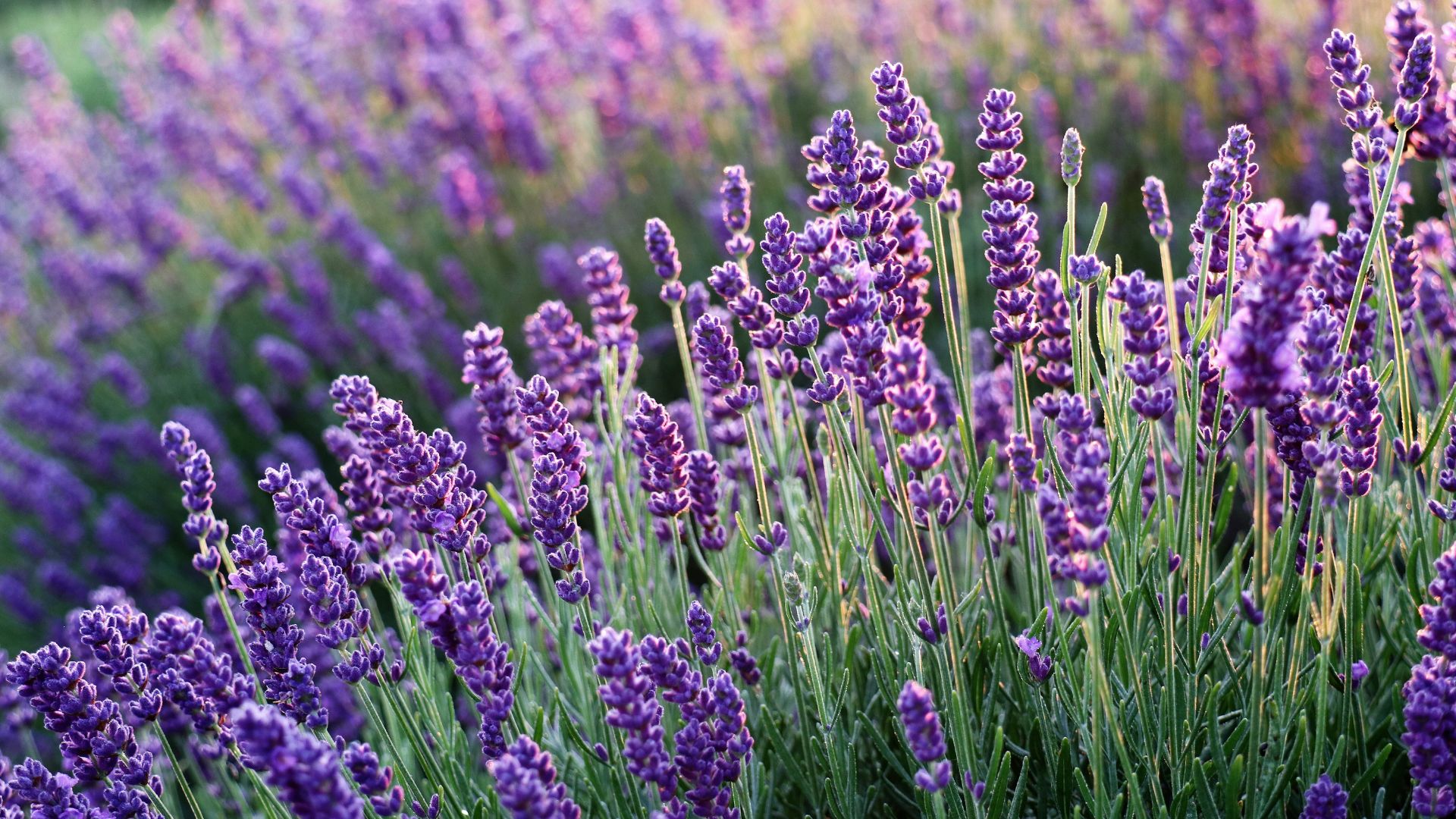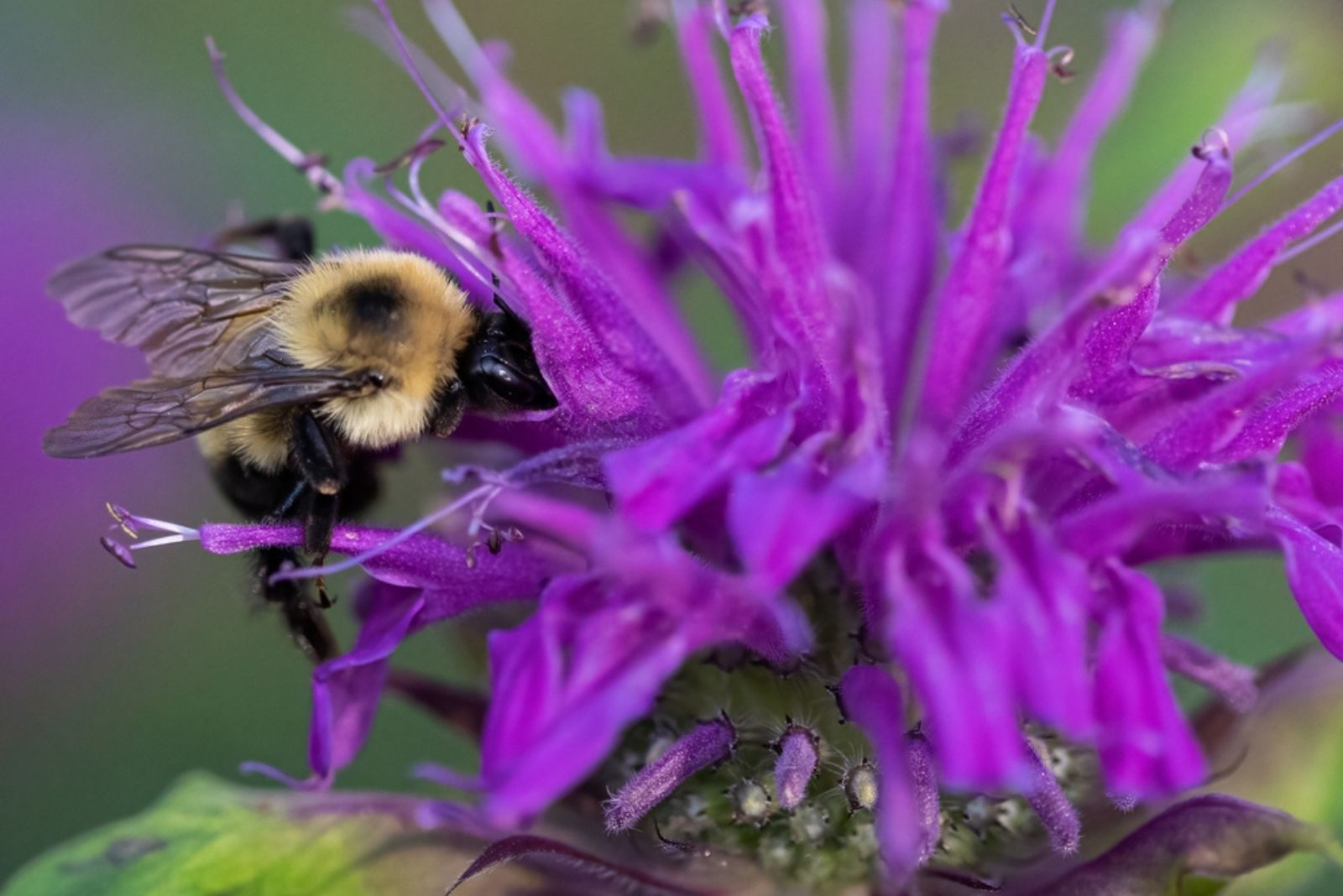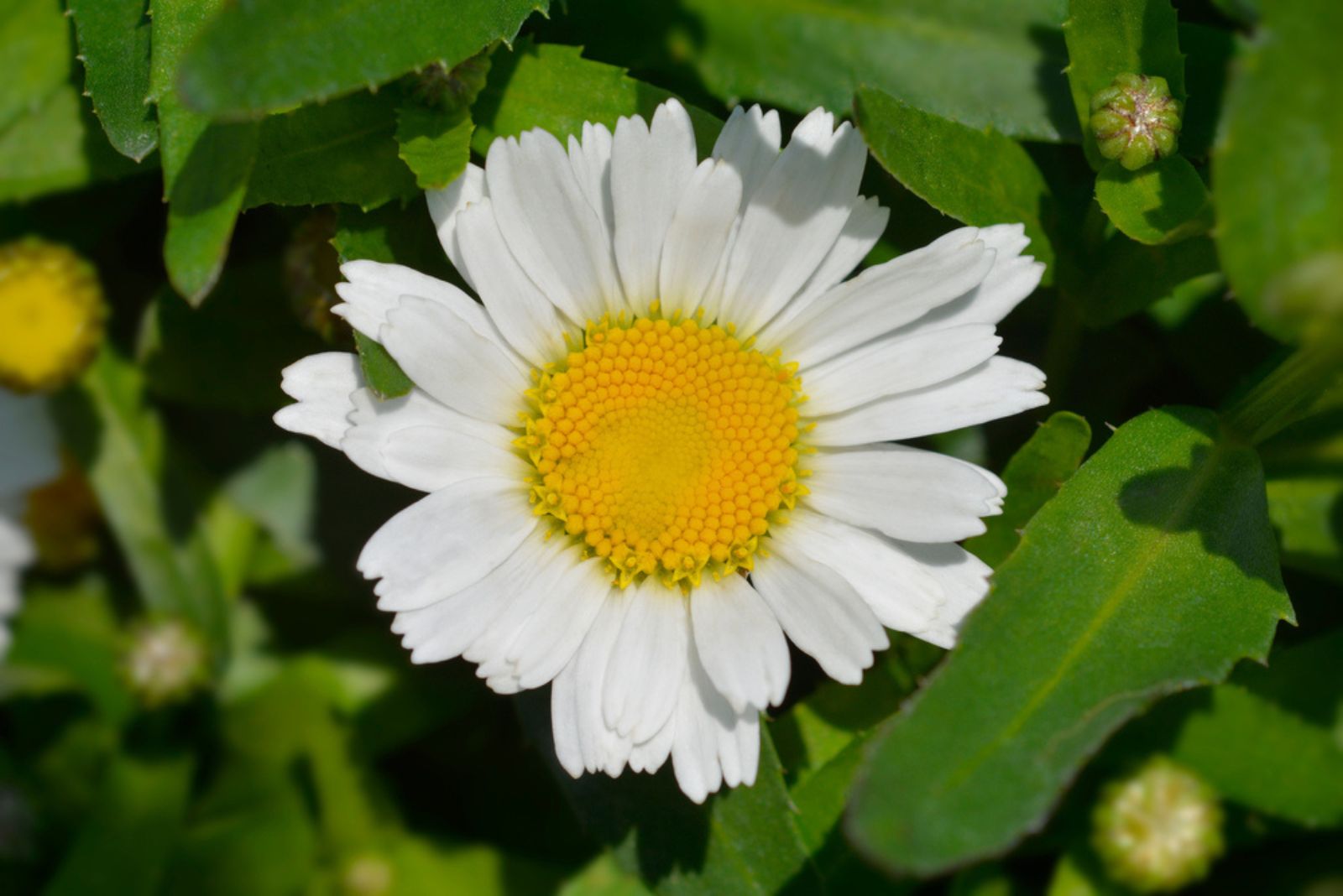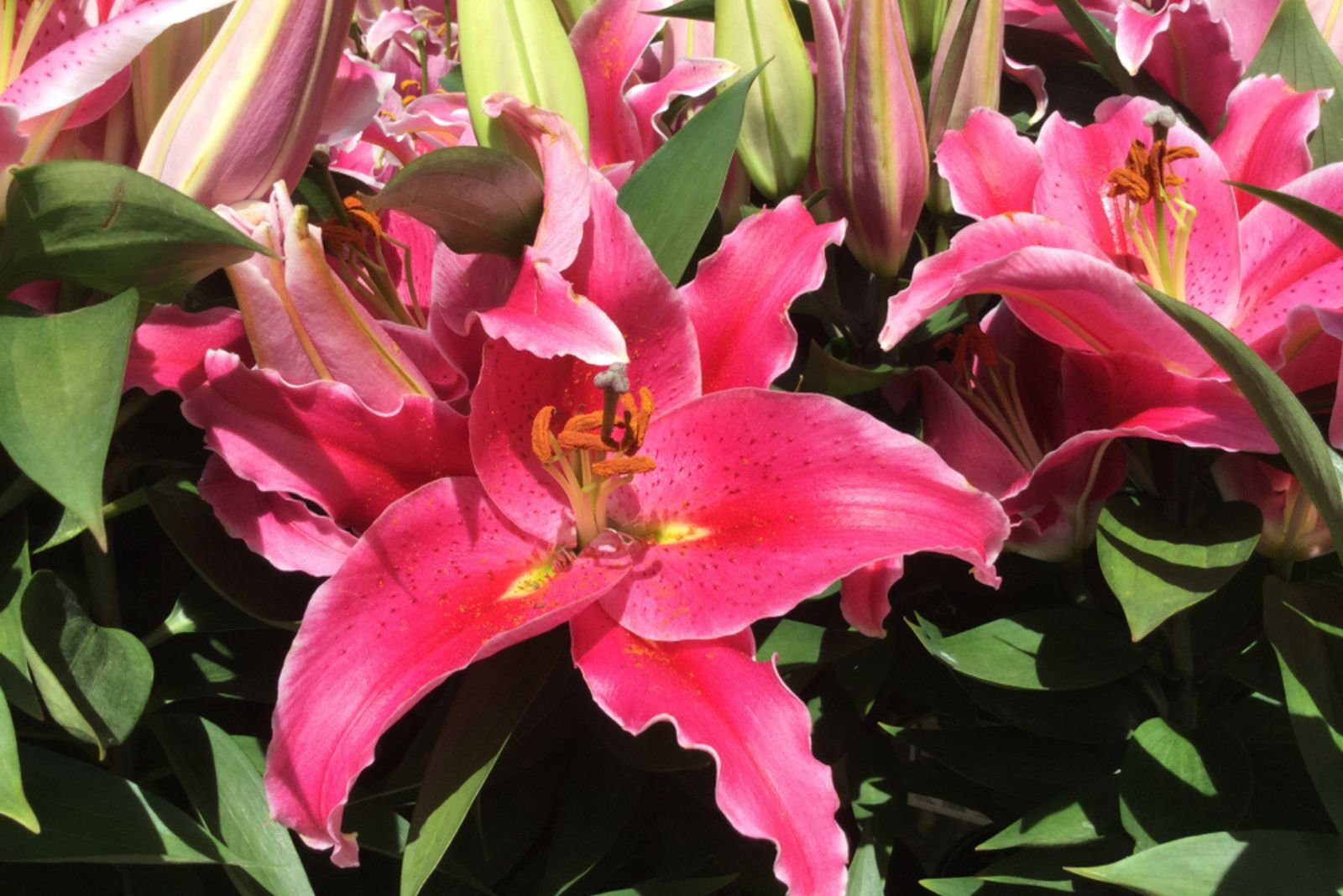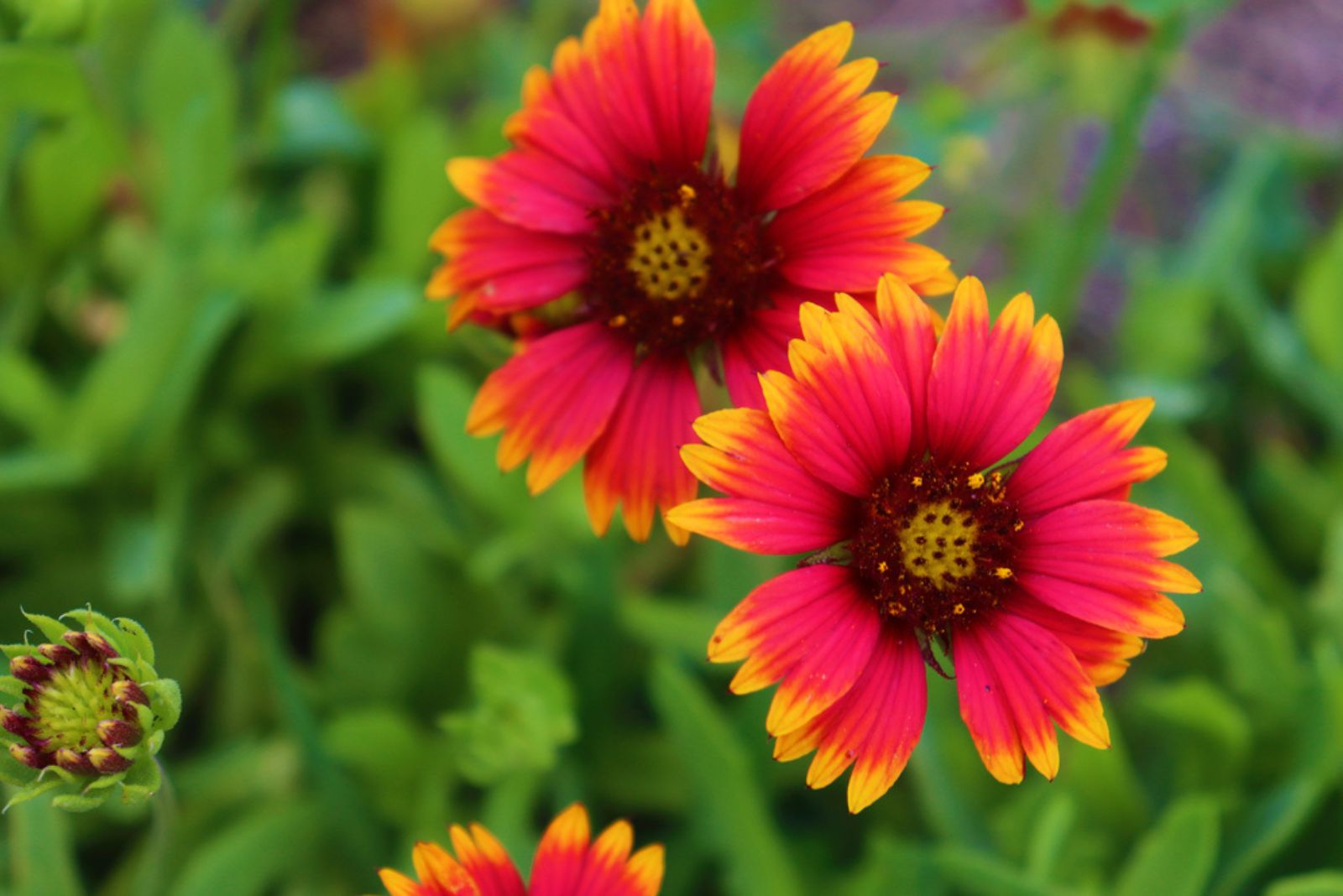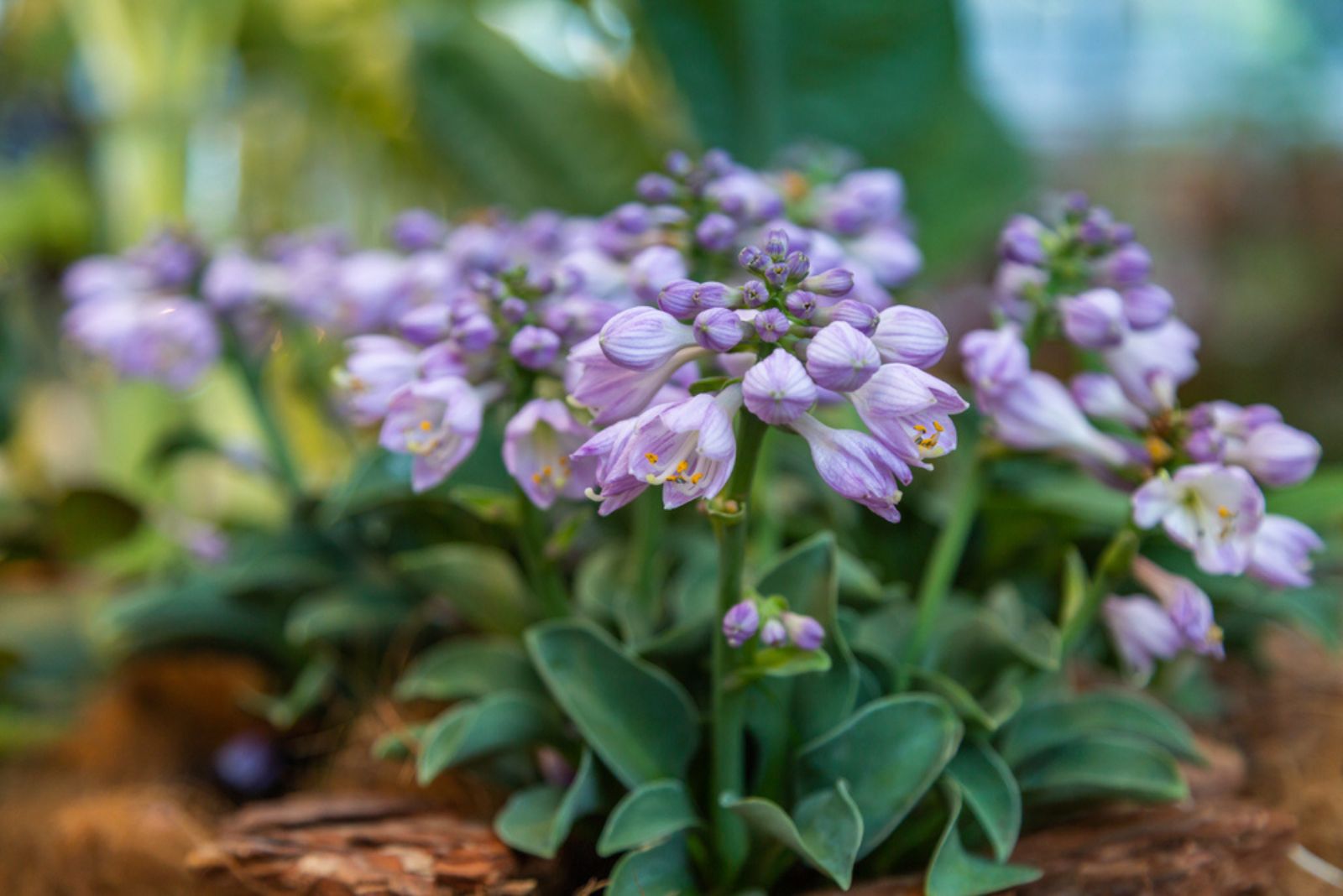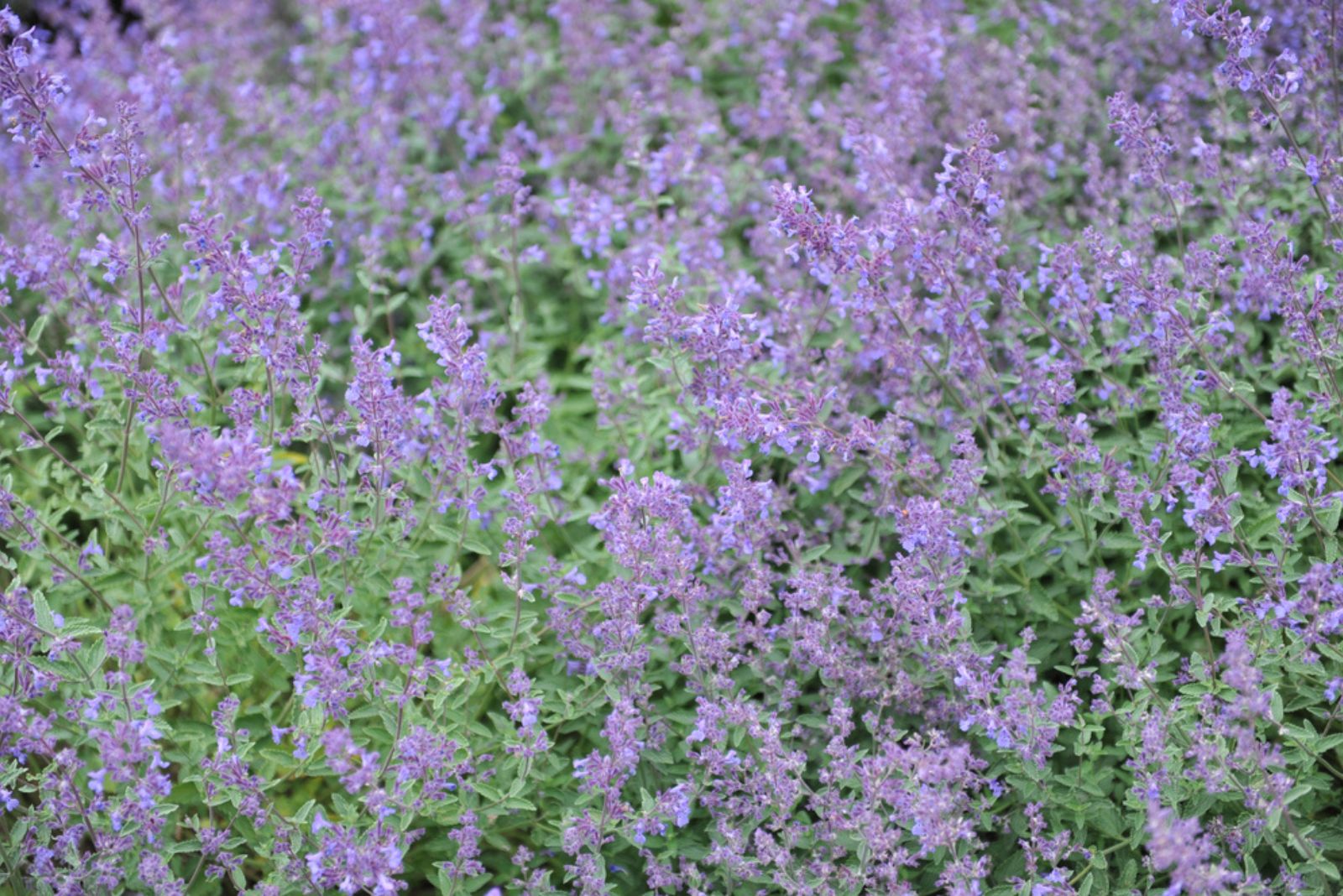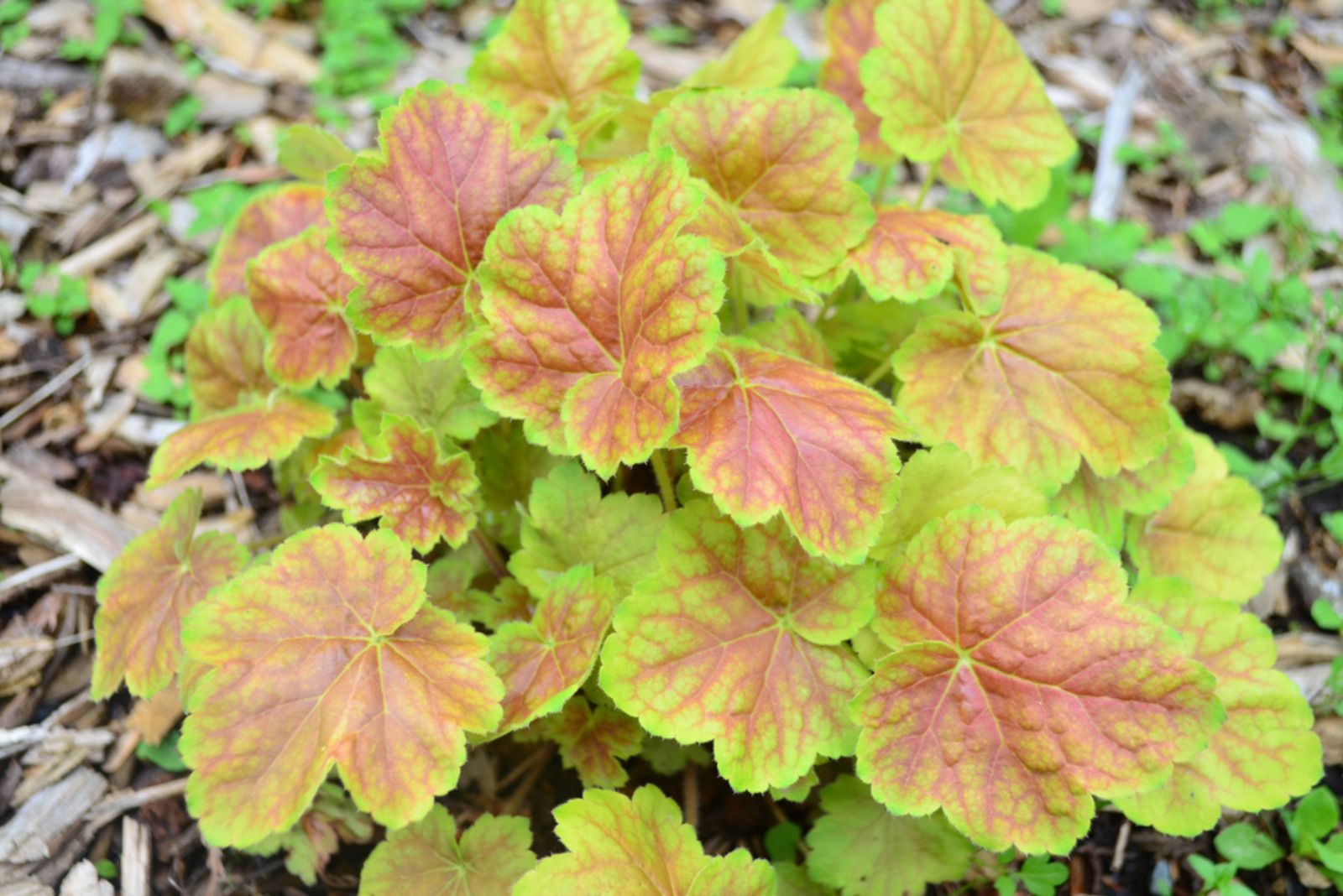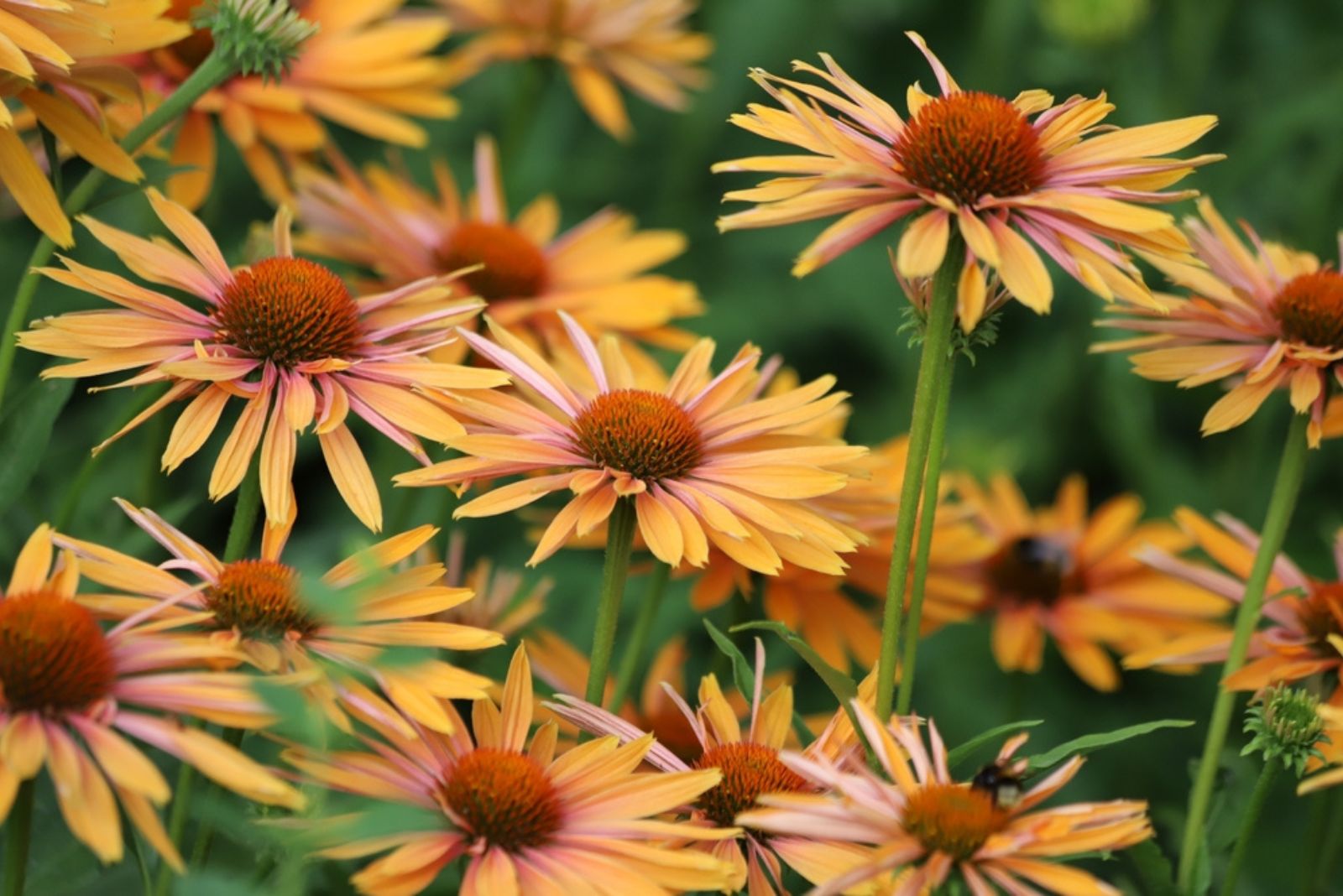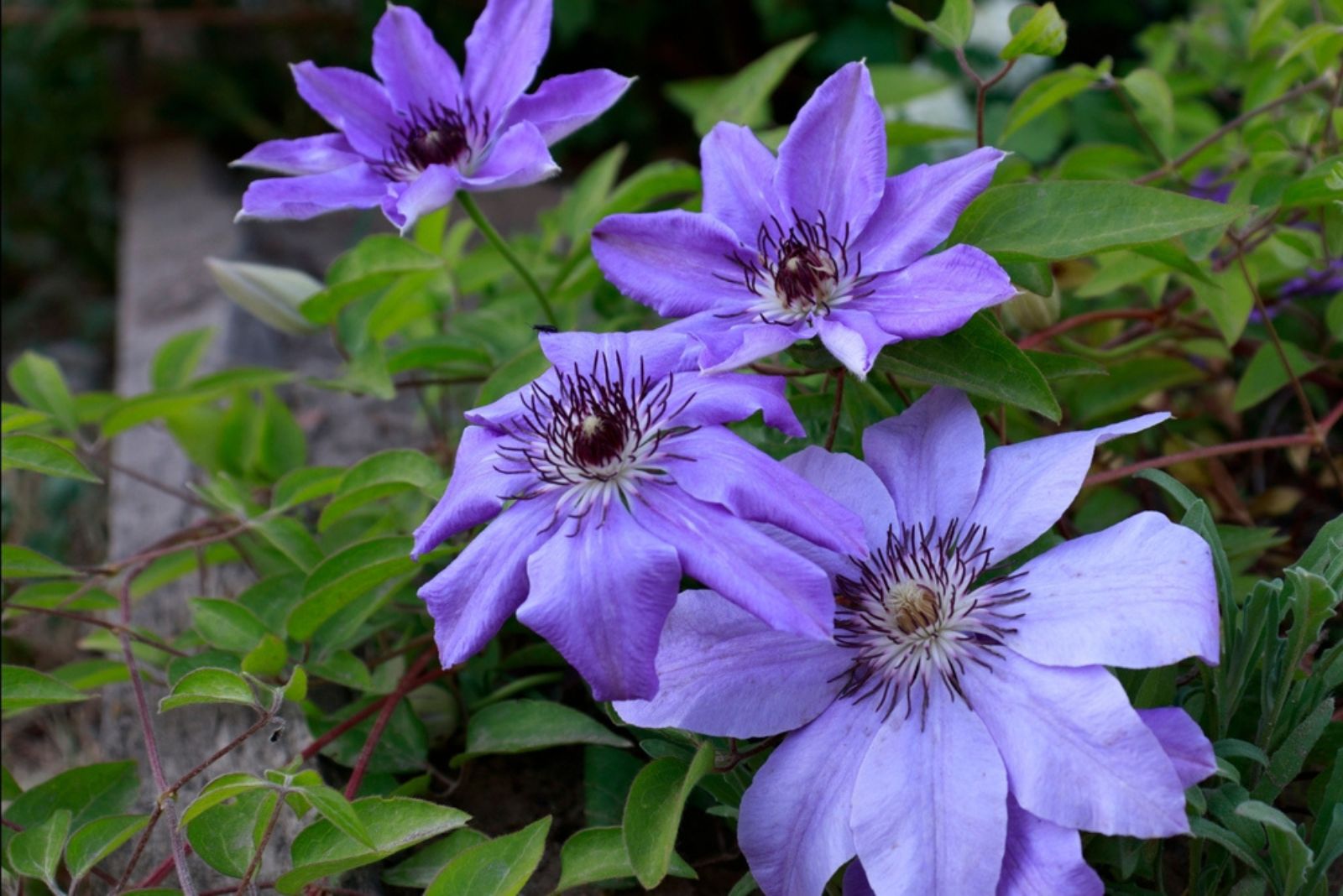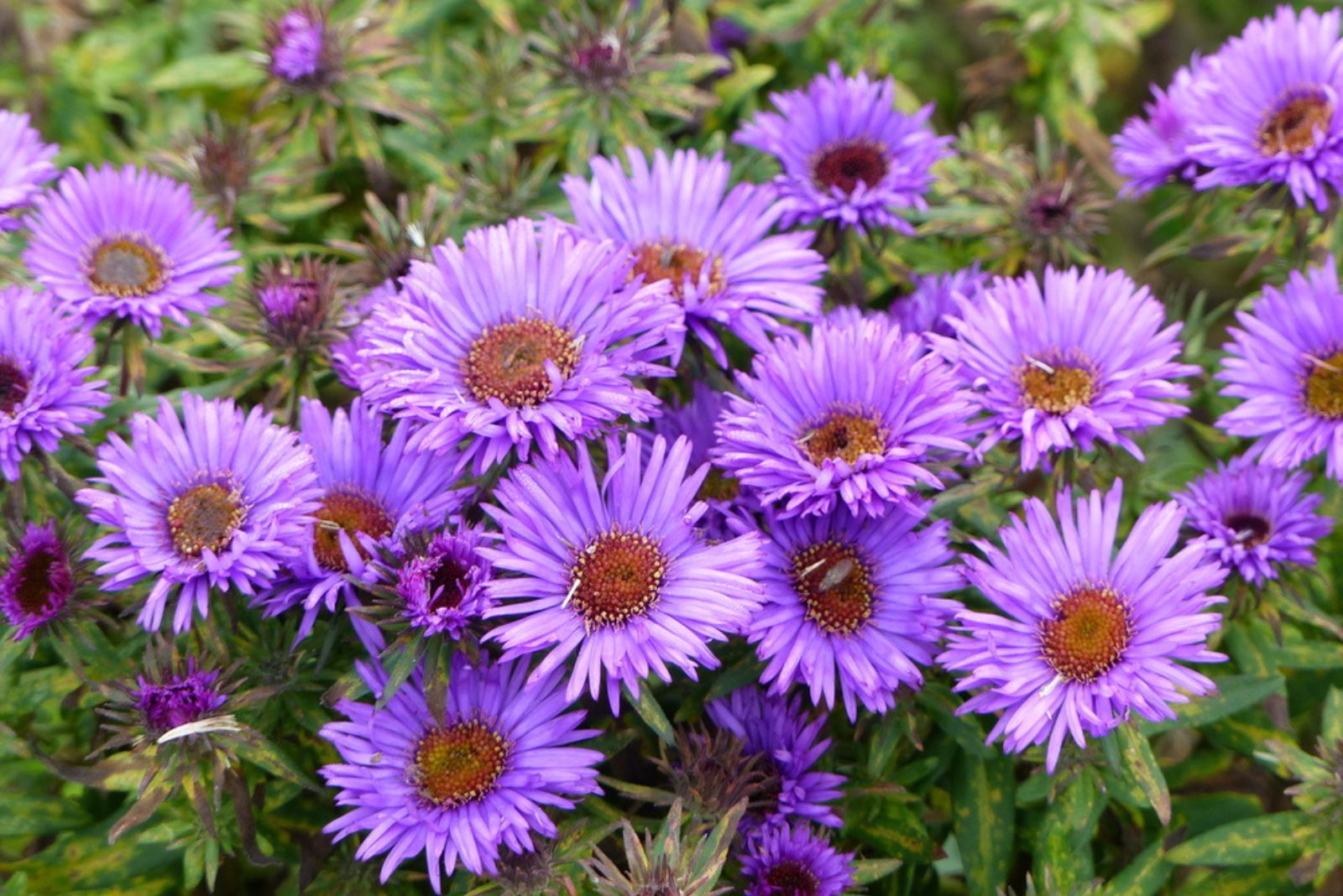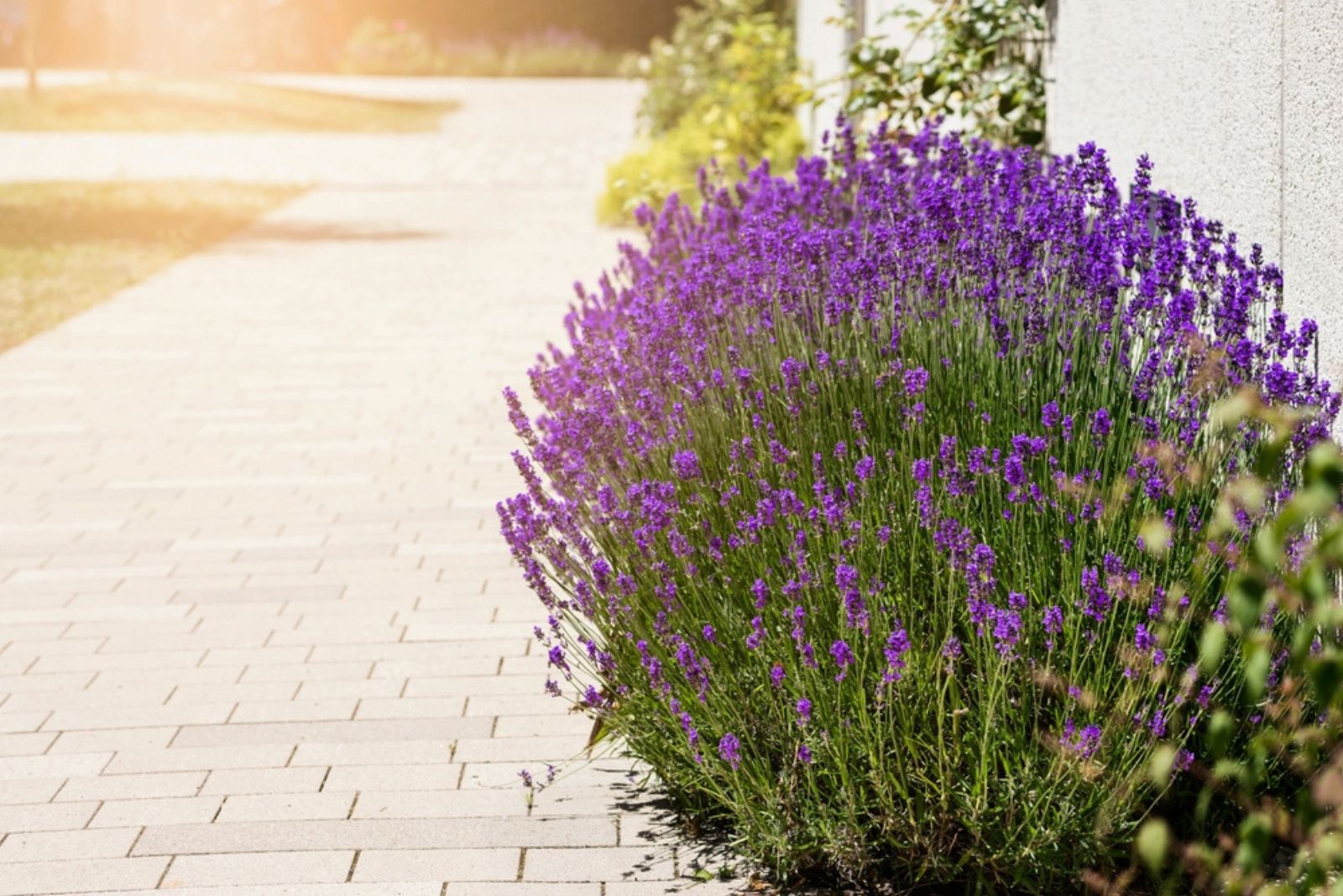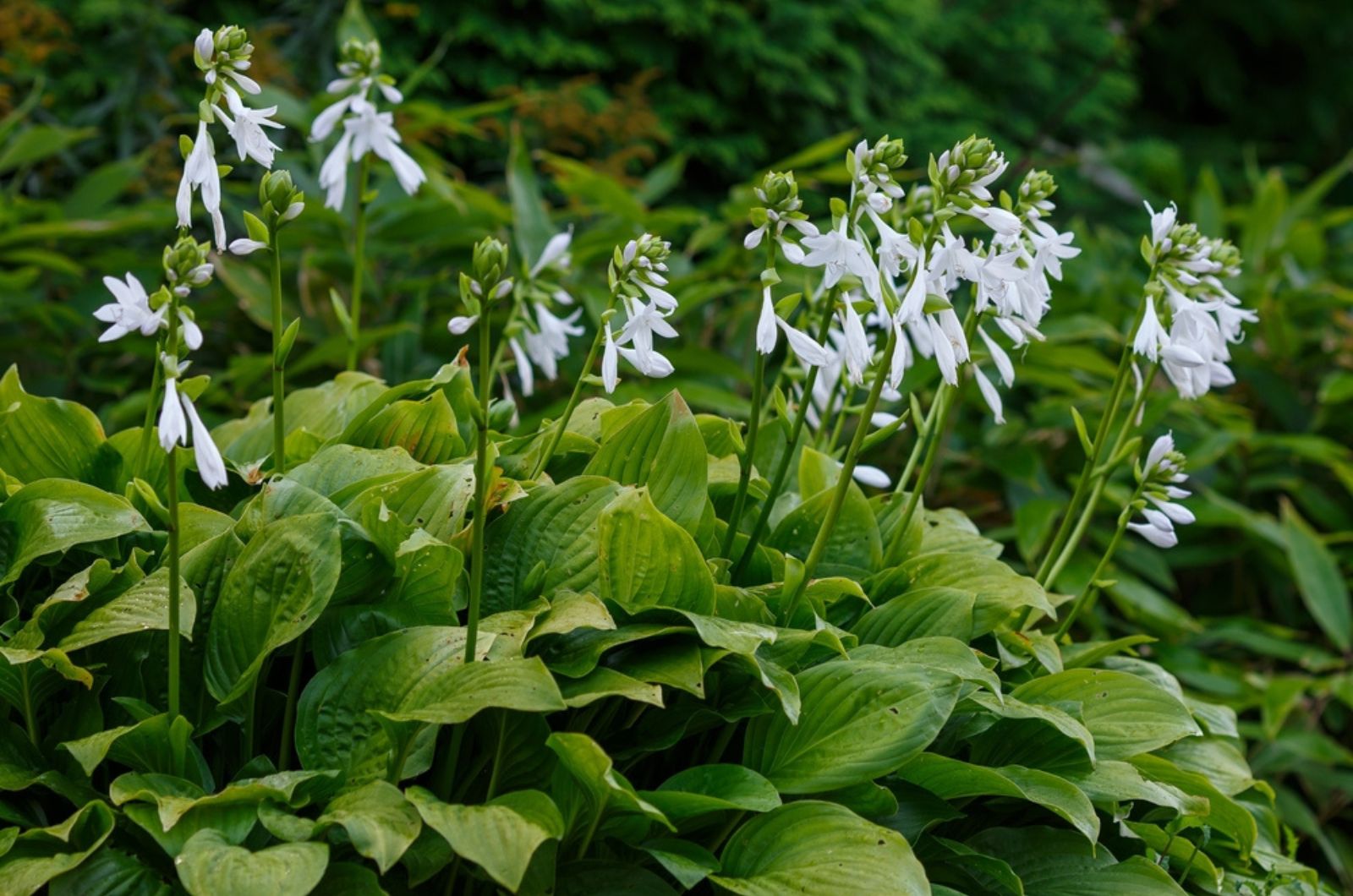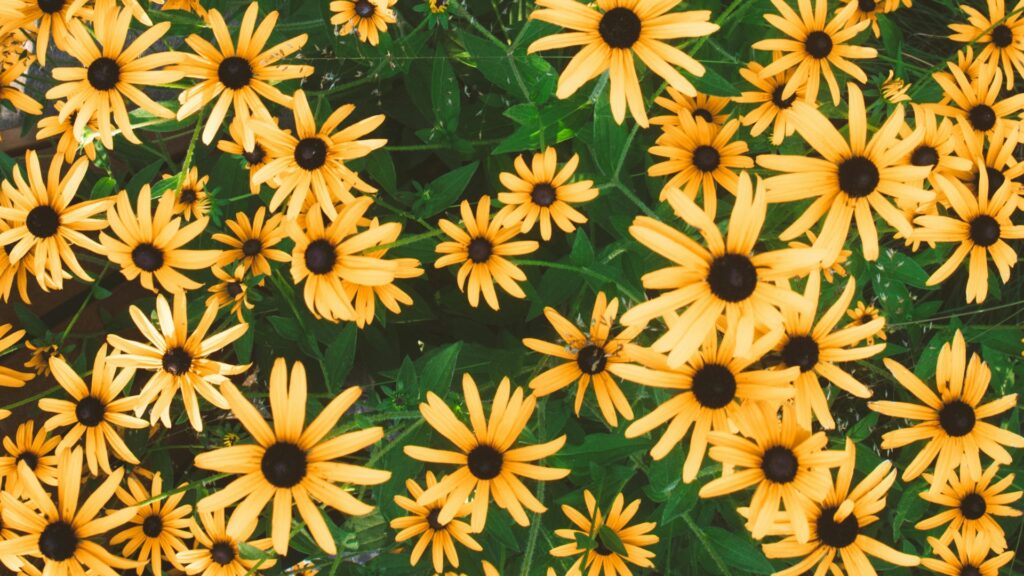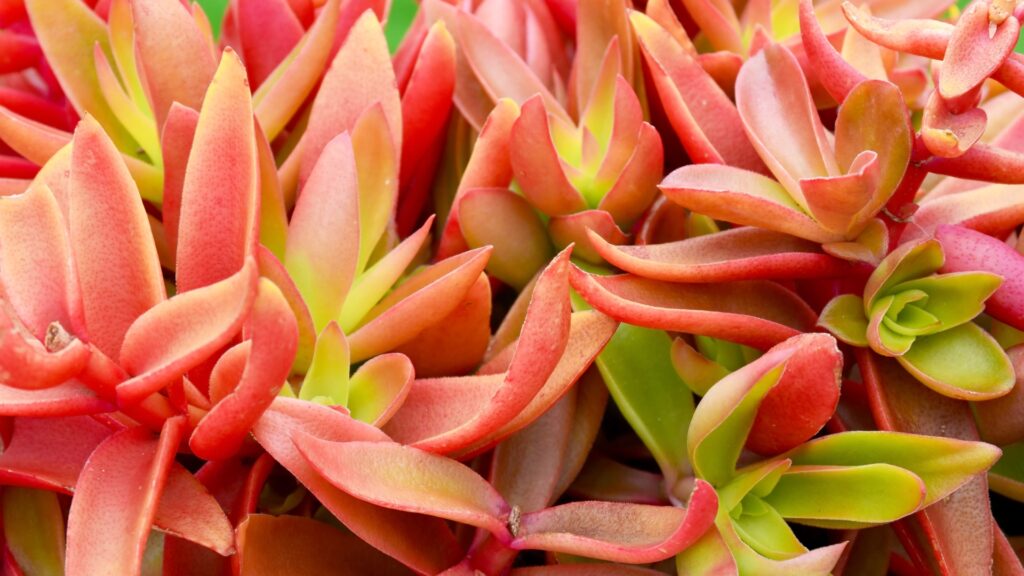If you are looking for ways to create a vibrant and low-maintenance garden, then short perennial flowers are an excellent choice. These compact plants can really spruce up your garden with minimal to no effort!
Whether you have limited garden space, want to create borders or edging, or simply prefer smaller plants, short perennials can be a wonderful addition to your landscape.
In this article, we are going to cover short perennial plants that will thrive year after year, so stay tuned!
1. Bee Balm ‘Petite Delight’
Bee balm ‘Petite Delight’, otherwise known as Monarda spp., is a charming perennial flower that features vibrant, pinkish-purple flowers from mid to late summer. These flowers truly create a stunning display!
Besides their aesthetic purposes, attracting pollinators and beneficial insects is another reason to grow Bee balm in the garden.
This flower species usually grows up to 15 inches tall and wide. Due to its small and compact growth, it is ideal for smaller spaces and borders.
Bee balm ‘Petite Delight’ grows best in USDA hardiness zones 3 through 9. It is a hardy perennial that can tolerate somewhat colder temperatures and shaded areas. Deadheading can encourage flowering.
2. ‘Snow Lady’ Daisy
Leucanthemum, otherwise known as the ‘Snow lady’ daisy is a delightful short perennial plant that produces an abundance of white daisy-like flowers, making it a popular choice for containers, borders, and ground covers.
This charming plant thrives in USDA zones 4 through 9. It grows best in well-draining soil and full sunlight exposure. Once established, this daisy can tolerate some drought.
3. ‘After Eight’ Oriental Lily
Here is yet another stunning short perennial flower renowned for its exquisite beauty and mesmerizing fragrance. Meet the ‘After Eight’ Oriental lily, a hardy plant that is an excellent choice for containers, borders, and also as cut flowers.
It produces large, deep burgundy flowers with white edges – these can truly add a touch of elegance to any garden!
This lily variety grows up to 18 inches tall. It thrives in zones 4 through 8. The plant requires well-draining, fertile soil and full sun to partial shade. Watering is required during long periods of drought.
4. Gaillardia ‘Goblin’
Gaillardia, otherwise known as blanket flowers, are compact perennial flowers that produce red and yellow daisy-like flowers. These flowers are great for attracting hummingbirds and butterflies.
They usually grow between 12-15 inches tall, making them ideal for borders, containers, and even rock gardens!
Gaillardia flowers are hardy in USDA zones 3 through 9. They do best in well-draining soil and full sunlight exposure. You won’t have to worry about watering once the plants are established because they can tolerate drought.
5. ‘Blue Mouse Ears’ Hosta
Hostas are colorful plants that usually grow quite big. However, the ‘Blue Mouse Ears’ hosta is a dwarf cultivar that grows around 6 inches tall. With its rounded, blue-green leaves and compact size, it is an excellent choice for borders, edging, or as a groundcover.
In summer, it produces lavender flowers on short stems that make the plant even more charming!
Hostas can grow in zones 3 through 8. They do best in partially shaded areas, although most can even adapt to growing in full shade. They also require well-draining, moist soil to fully thrive.
6. ‘Junior Walker’ Catmint
If you are looking for the longest blooming perennials, then catmint is the perfect choice for you. ‘Junior Walker’ catmint is a shorter variety that grows between 12-18 inches tall.
It produces lavender-blue flowers with prominent fragrances that are great for attracting pollinators. This perennial thrives in USDA hardiness zones 5 through 9.
Catmint tolerates full sun and dry conditions. It grows best in well-draining soil. Pruning spent flowers can promote continuous blooming and keep your plant looking nice and tidy.
7. Coral Bells ‘Delta Dawn’
Coral bells, otherwise known as Heuchera, is the perfect plant for small, shaded gardens. It has characteristic colorful leaves and delicate flowers that hummingbirds absolutely love.
This Coral bells variety grows up to 12 inches tall and wide. It thrives in zones 4 through 9, requires moist, well-draining soil for proper growth, and tolerates full to partial shade.
If you are planning to grow Coral bells, then check out: 9 Fantastic Companion Plants For Coral Bells
8. ‘Tweety’ Coneflower
As the name suggests, ‘Tweety’ coneflower is a smaller cultivar that grows up to 8 inches tall. With its vibrant yellow petals and prominent brown cones, it creates a striking display that attracts bees, butterflies, and other pollinators
Besides attracting pollinators, these perennials can also deter deer and rabbits.
These plants are hardy in USDA zones 4 through 9. They thrive in well-draining soil and prefer growing in full sunlight exposure. Once established, they can withstand dry conditions.
9. Clematis ‘Boulevard Bernadine’
Clematis is a perennial vining plant that can climb up a trellis, creating a beautiful display in the garden. If you have a somewhat smaller garden, then the ‘Boulevard Bernadine’ variety is ideal because it grows only 4 feet tall.
This plant displays light purple flowers on their short vines. These flowers can also attract pollinators!
Clematis is hardy in USDA zones 4 through 10. They thrive in full sun to partial shade, and well-draining soil that is kept moist. Pruning is necessary to control the size and shape of the plant and promote new growth.
If you plan to grow clematis in pots, then check out: 5 Helpful Tips For Growing Clematis In Pots Successfully
10. ‘Purple Dome’ Dwarf New England Aster
While most asters grow tall and spread relatively quickly in the garden, ‘Purple Dome’ is a dwarf variety that grows only 2 feet tall. With its compact size and numerous purple flowers, it is an excellent choice for borders, containers, or mixed flower beds
Asters are hardy in zones 4 through 8. They thrive in full sun and well-draining soil. Regular watering is required, especially during dry periods. Deadheading spent flowers can encourage continuous blooming.
11. Lavender
With a delightful fragrance and soothing aesthetic, this bloom is a garden favorite. Lavender, with its vibrant purple flowers, creates a calming presence in any small garden. These compact plants are perfect for edging or container gardening. Their evergreen foliage provides year-round interest, while the blossoms attract butterflies and bees.
Caring for lavender is a breeze, as it thrives in well-drained soil and full sun. Regular pruning encourages more blooms, ensuring your garden remains lively. Consider adding lavender to your garden for a touch of peace and tranquility.
12. Hosta
Discover the lush greenery that thrives in shaded spots. Hostas are renowned for their large, attractive leaves, ranging from deep green to variegated patterns. These plants are perfect for adding depth and texture to shady garden corners.
Despite their size, they remain compact, making them suitable for small gardens. Hostas are easy to care for, requiring minimal attention and thriving in moist, well-drained soil. For a serene garden setting, consider planting hostas alongside ferns and other shade-loving perennials. They’re a timeless addition to any garden, offering elegance and simplicity.
13. ‘Little Goldstar’ Black-Eyed Susan
This perennial stands at about 14-16 inches tall, making it perfect for tight spaces without sacrificing impact. It blooms from midsummer into fall, attracting bees and butterflies along the way.
‘Little Goldstar’ thrives in USDA zones 4 through 9. It prefers full sun and well-draining soil and is relatively drought-tolerant once established. Minimal maintenance is needed beyond occasional deadheading to encourage more blooms.
14. ‘Firestorm’ Sedum
Growing just 8-10 inches tall, this sedum is excellent for edging, rock gardens, or containers. Its compact form and drought tolerance make it an easy choice for gardeners seeking beauty with minimal effort.
‘Firestorm’ Sedum thrives in USDA zones 4 through 9. It prefers full sun and well-draining soil. This plant is exceptionally heat and drought tolerant, making it ideal for areas with hot, dry summers. Minimal watering and care are required once established.

